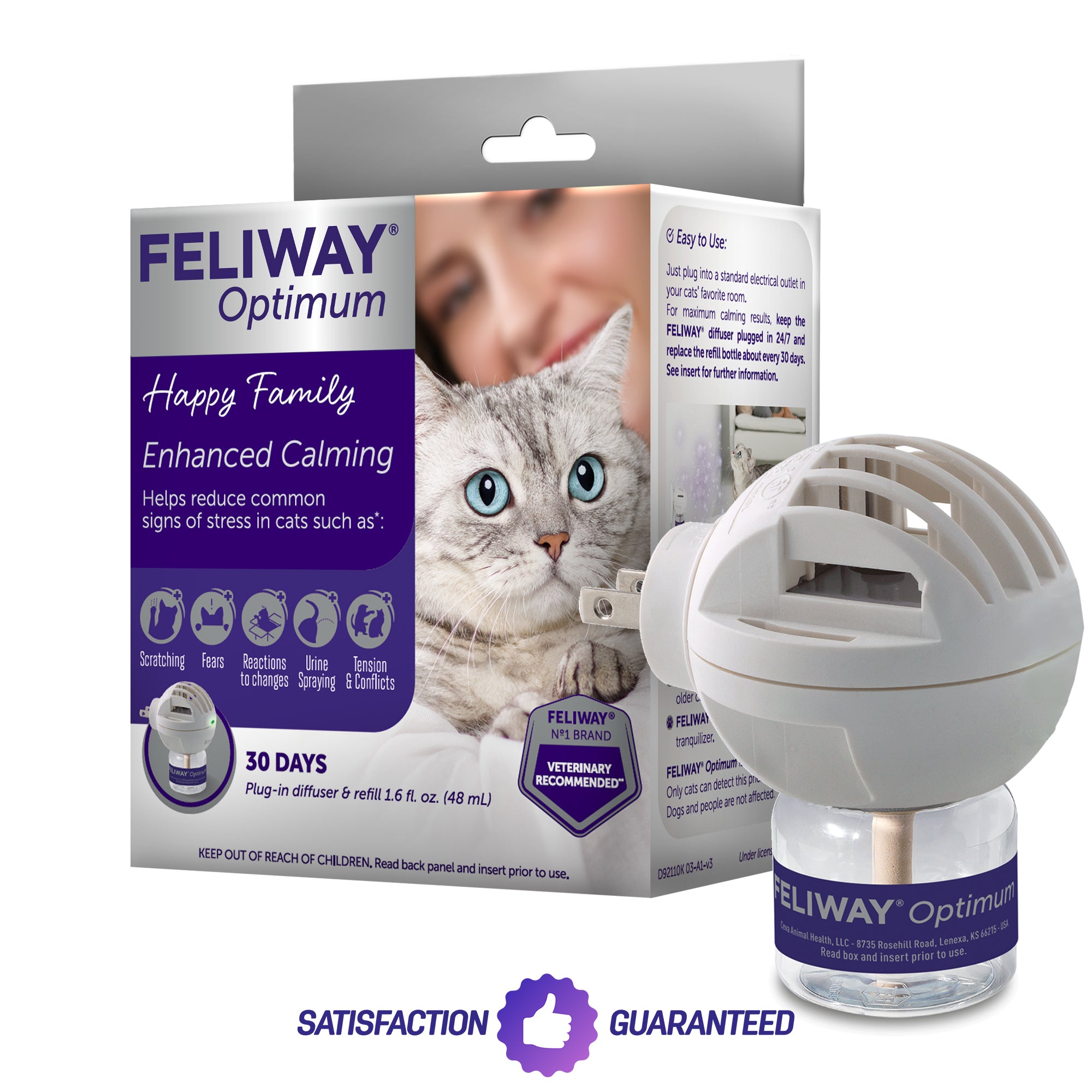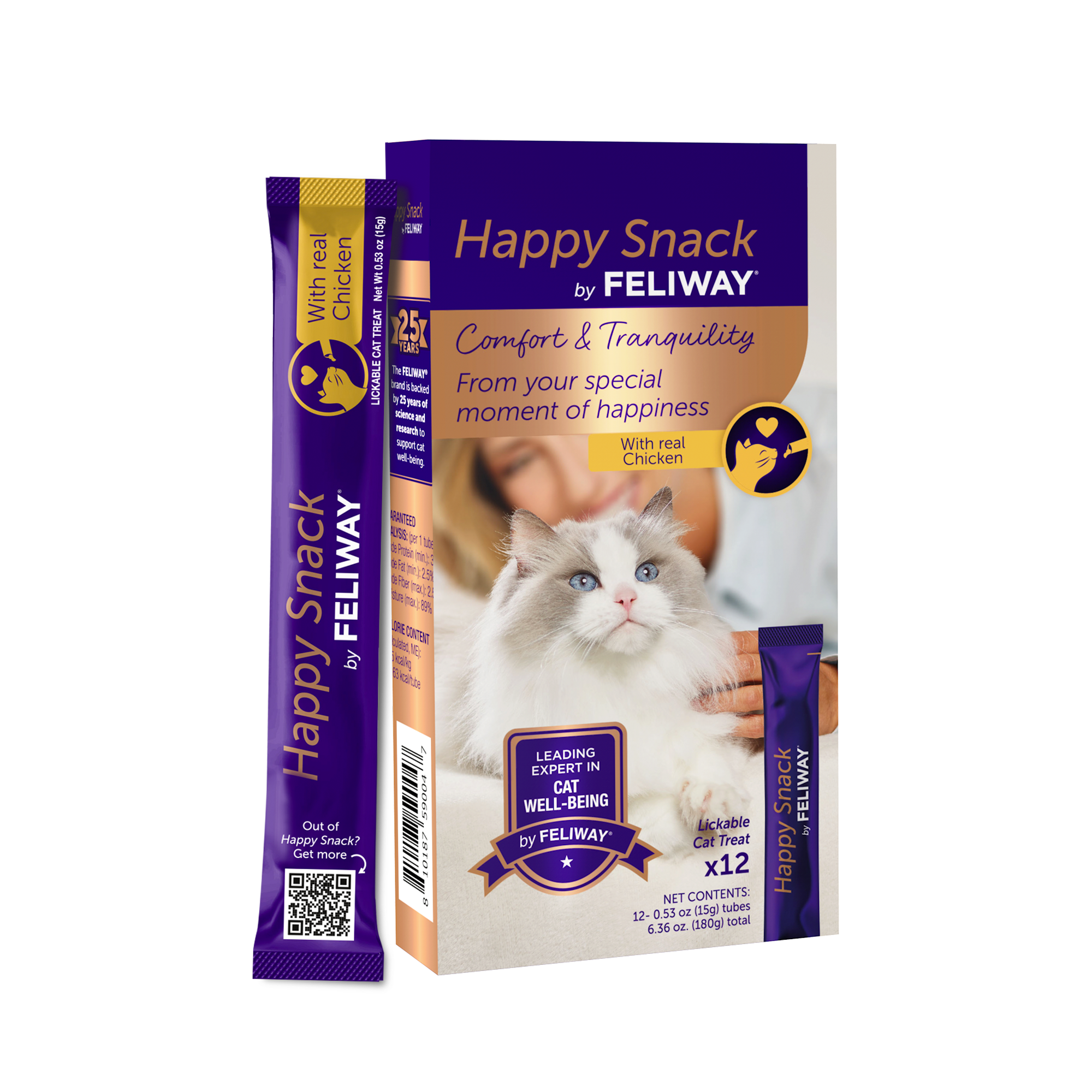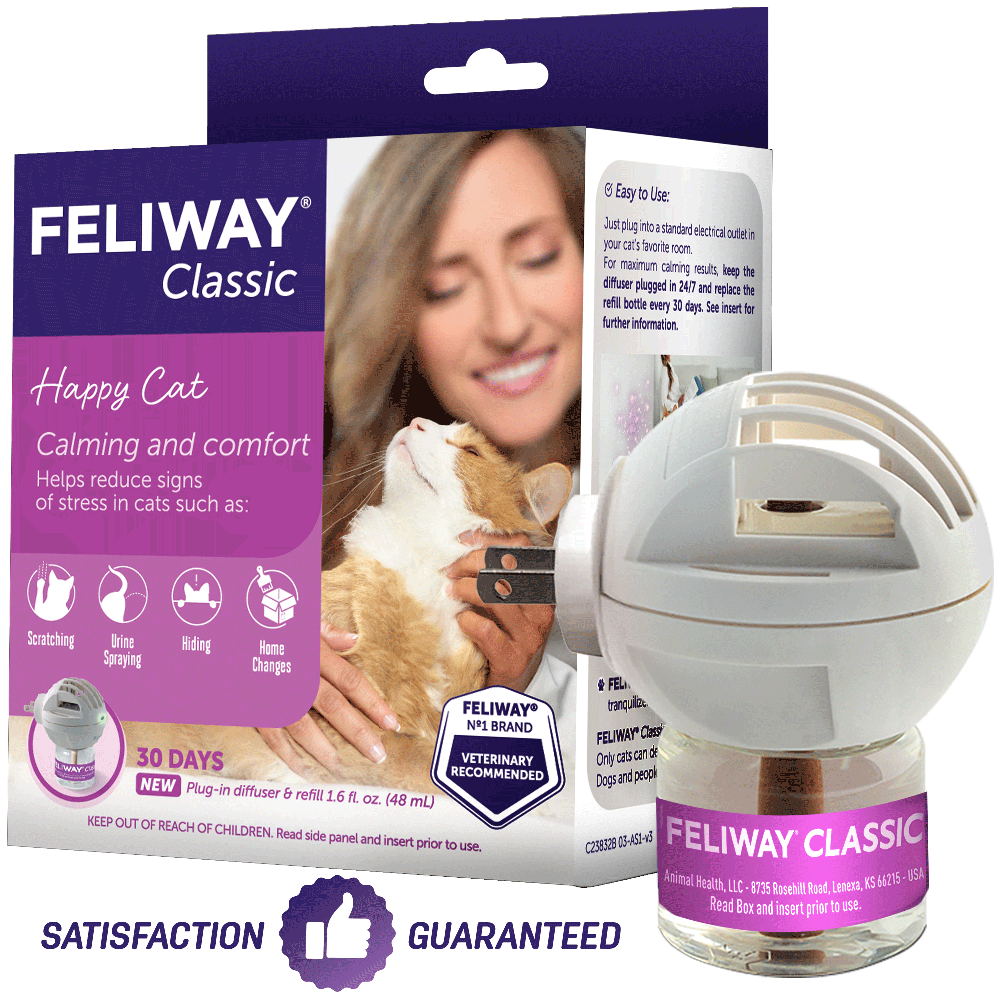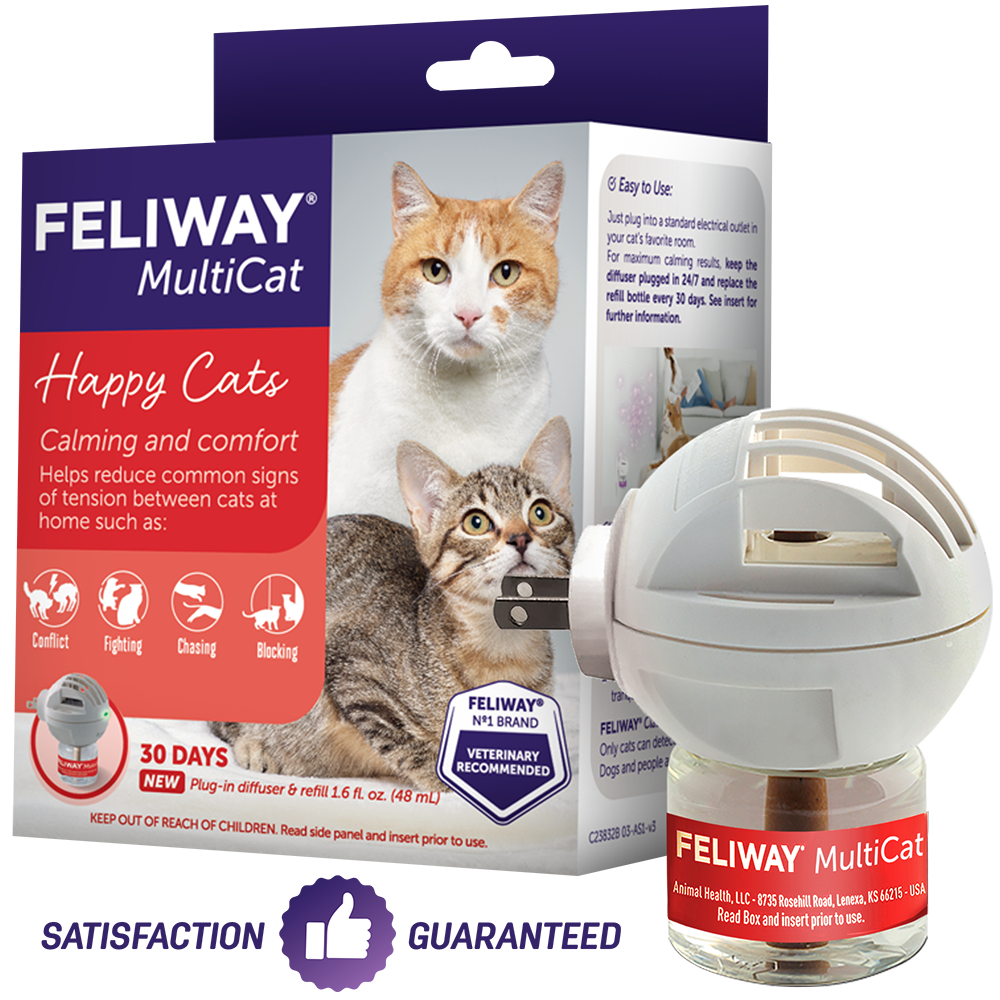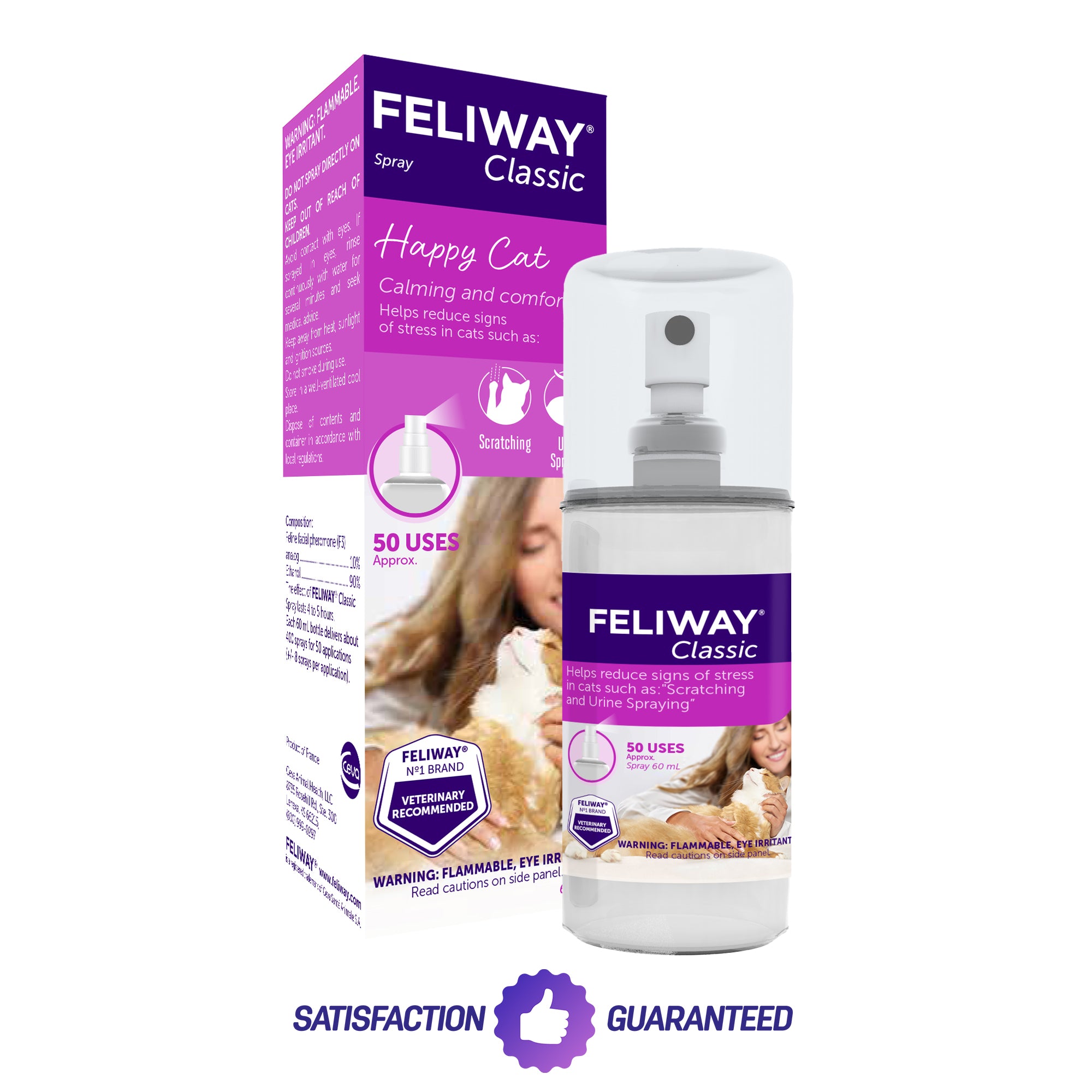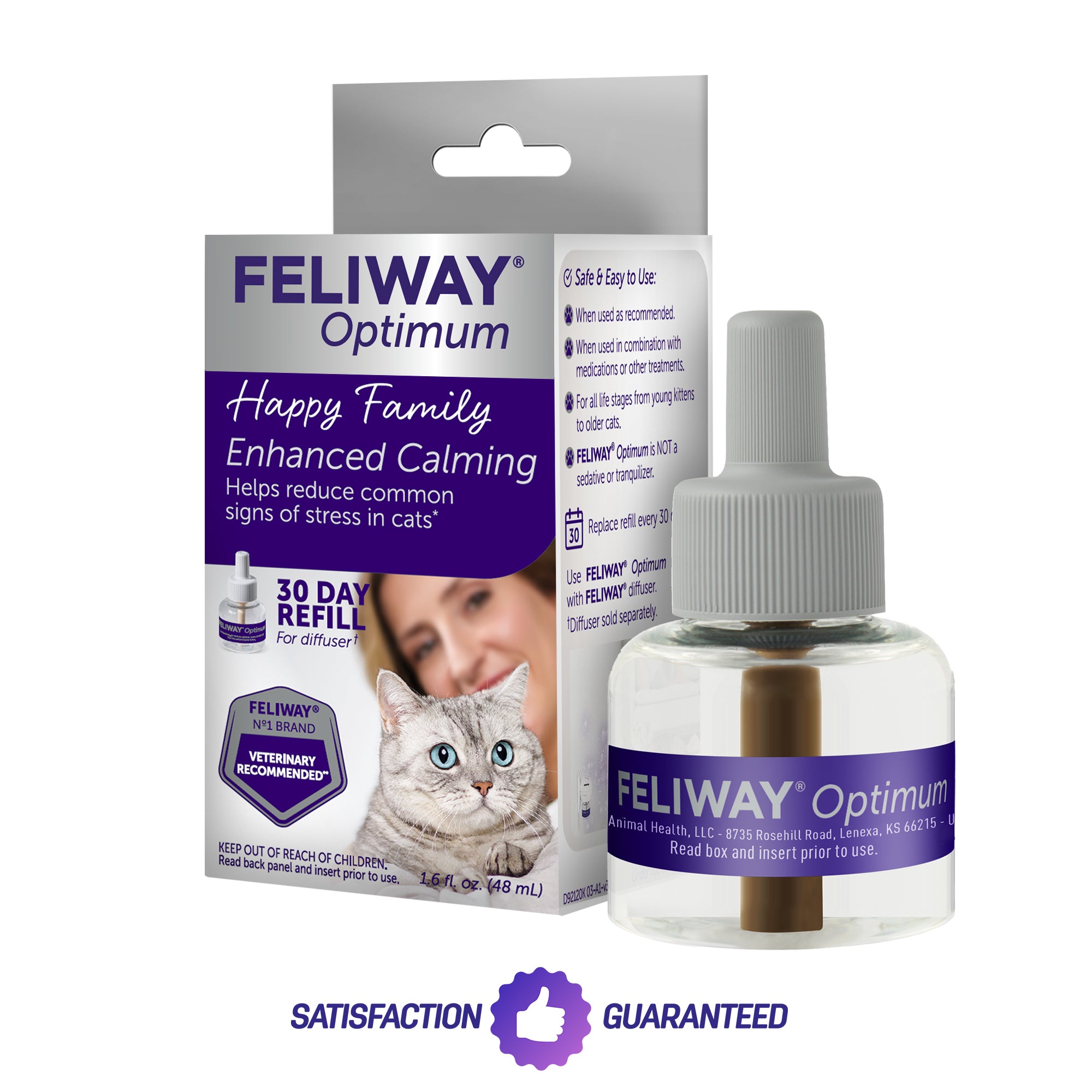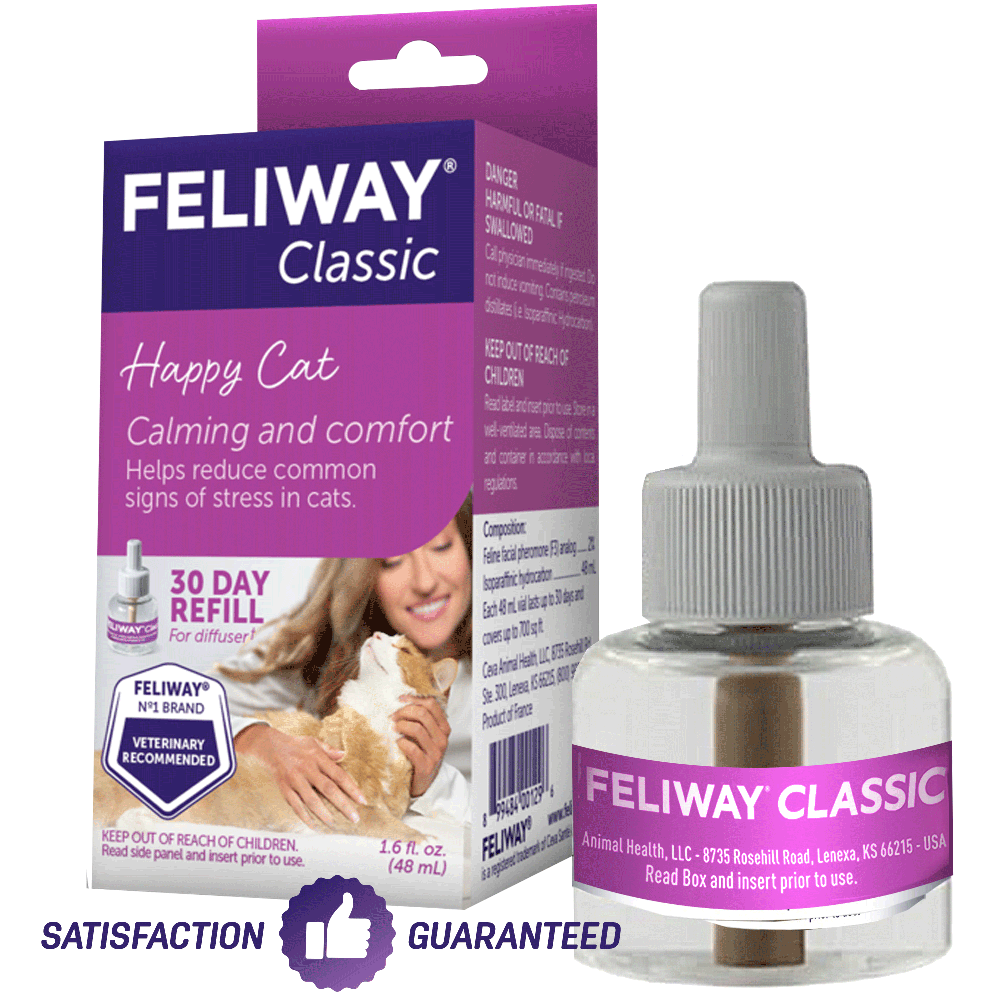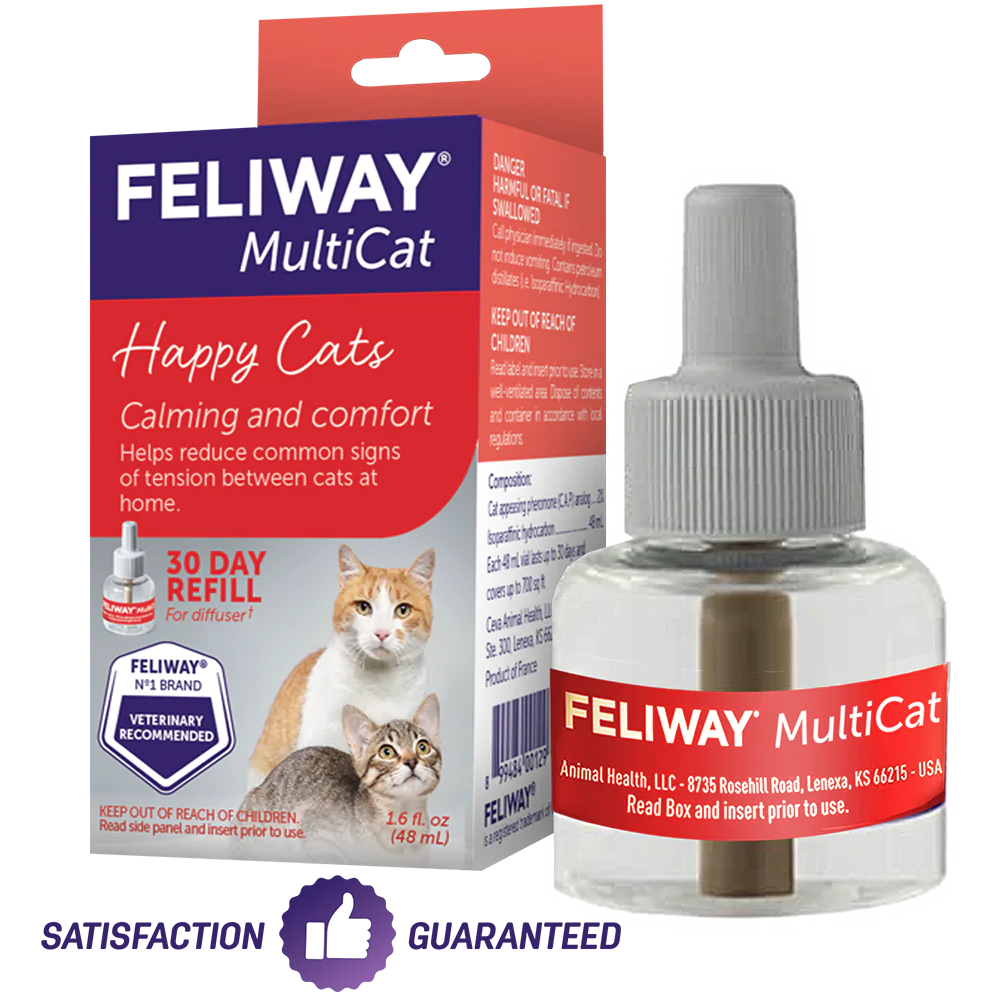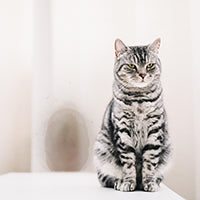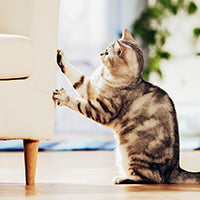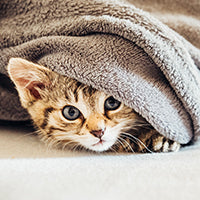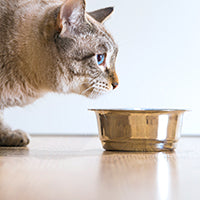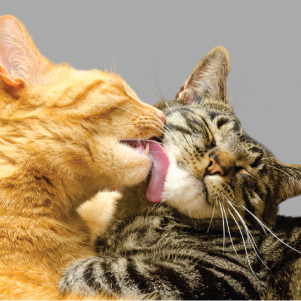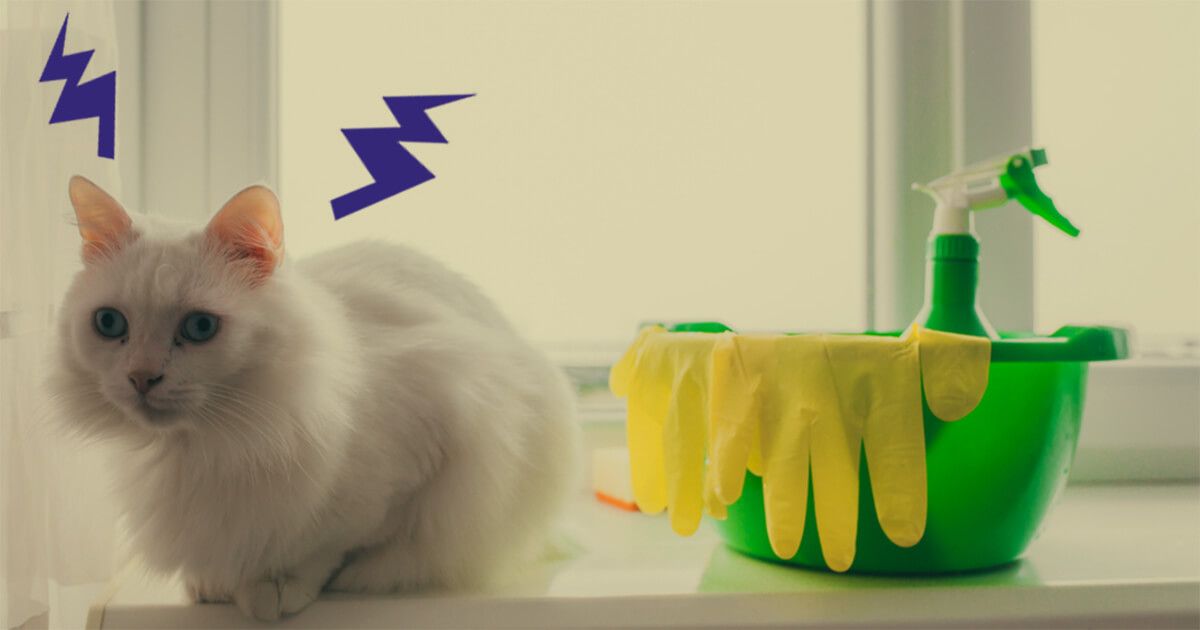
How To Clean Cat Urine In 6 Steps
No matter how tidy and housebroken your kitty is, there may be times that they decide to mark their space - and your home! - by spraying against walls, furniture, on carpets and in other places!
There are lots of reasons that our furry friends spray, such as territorial marking or as a response to stress. But no matter the cause, cat spraying can be unpleasant for humans - and leave your home smelling unless you can clean up the mess!
6 Steps to Clean Cat Spray
1. Find the mark!
If your kitty has spray marked in a place they shouldn’t, be sure to clean it as soon as possible to stop the scent and marks from setting and soaking in. If you’re not sure where exactly the spray is (it can be harder to find the source of the smell than you think!), using a black light can help to highlight the location. This will also help you find older marks, that need to be cleaned to stop your kitty from returning to spray again.
2. Consider the surface
The location of spray marks and their age will affect how you treat them. With dried marks, especially on carpet, soak them with warm water first to help them lift out, and blot them before adding cleaning products.
As our furry friends are attracted to vertical surfaces to spray, you may have lots of locations to clean; from walls, to sofas and carpets and even curtains! On non-washable surfaces like walls, always blot fresh marks with cloth or paper towels, then clean with enzymatic cleaners. Washable surfaces like curtains or blankets should be rinsed in water before being washed with an enzyme-based cleaner. If the target item is machine washable, placing some enzymatic cleaner in the washing machine along with your normal washing product can also help.
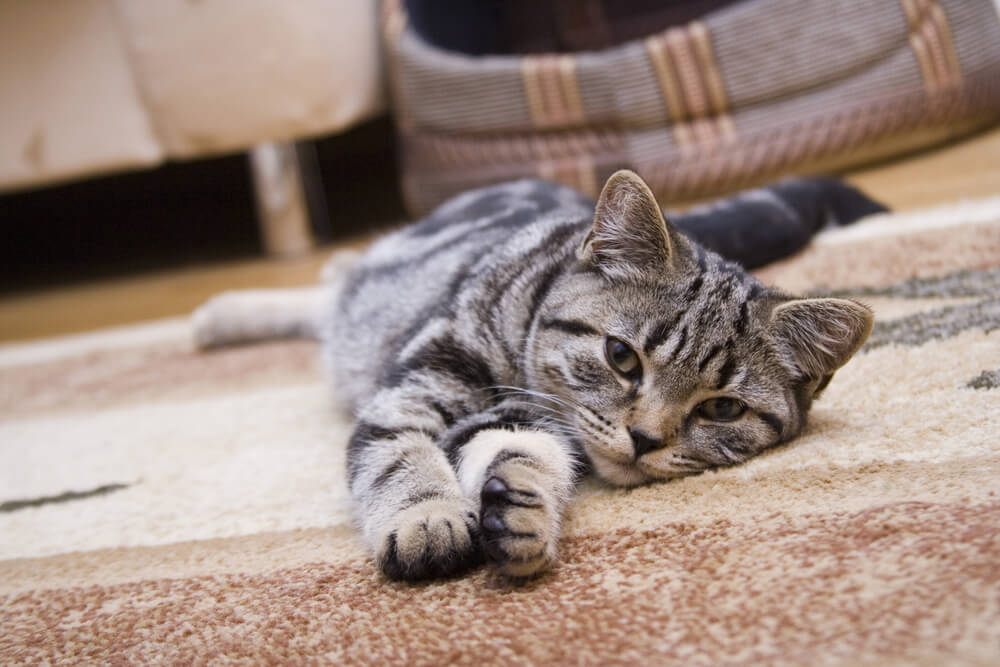
3. Blot, blot, blot!
Wherever the mark is, if it’s fresh (or freshly soaked) always blot the stain to remove as much urine as possible. Never rub these marks as this can cause the stain to set or soak in.
Paper and cloth towels will both work - but be quick to wash anything that you want to keep!
4. Think about your cleaning products
To discourage your kitty from returning to spray again, choose cleaning products that don’t contain ammonia. Ammonia can smell similar to urine - and have the unintended effect of attracting your cat back to spray again!
Instead, use an enzyme-based cleaner, as these break down kitty urine, to make sure all traces of the scent and stains are completely gone!
5. Vacuum soft furnishings
Non-washable soft furnishings like carpets can be trickier to clean! Use a wet vacuum or cleaner to remove as much of the mark as possible. You should then soak the area with enzyme-based products, and leave them to work through before cleaning them up. With carpets, you should also check under the top layer to be sure any marks that have soaked through can be thoroughly removed. Never use steam cleaners as these can set urine mark!
6. Repeat as needed!
Unfortunately, kitty spray stains can be stubborn. Once the area has dried, you may need to repeat your cleaning process to be sure all traces are gone! It is worth cleaning spray marks thoroughly as any scent left behind may attract your furry friend back!
Consider the Cause of the Spray
Cats typically show spraying behavior as they reach maturity; your kitty may be spraying to mark their territory, to signal to other cats that they’re looking for a mate - or, they may be spraying due to stress, illness - or even as a sign that they don’t like their litter box!
If you think this may be the case, make sure regular litter box cleaning is on your schedule!Cleaning the litter box is one of the most effective ways to keep your house smelling fresh - and can prevent spraying by giving your kitty a place to go that they’re happy with!
An unclean tray, poor location, or even the ‘wrong’ litter may make your kitty look elsewhere, and trigger spraying behavior. Make sure you change the litter often, scoop the tray frequently, try a range of litter options - and consider placing an extra litter tray in the house to give your cat an alternative toilet, to discourage spraying.
Create a Reassuring, Safe Kitty Environment
Creating a safe, secure environment for your pet is one way to reassure them and limit spraying behavior, particularly if anxiety or stress are the cause. Removing stressors and keeping to a routine can also help. The use of a FELIWAY Optimum Diffuser in your cat’s favorite area can provide comfort and reassurance - and using FELIWAY CLASSIC Spray on urine-marked areas can help prevent your cat from returning to spray again. Of course, if these methods do not have any effect, and spraying is an unusual behavior for your kitty, it is always worth checking for any underlying problems with your vet.
